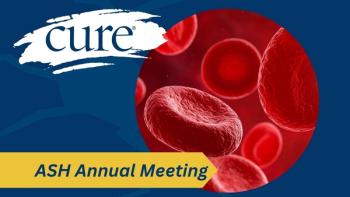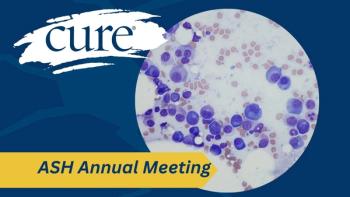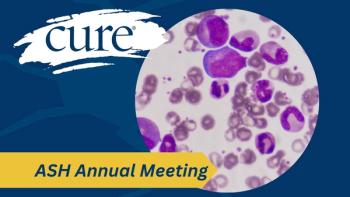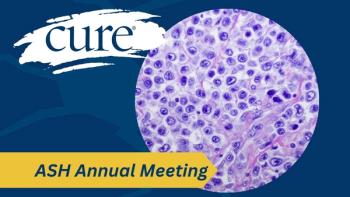
Explaining What is Biology-Guided Radiation Therapy in Cancer Care
Samantha Bianzon explained what biology-guided radiation therapy for cancer is, as well as highlighted how it may differ from the more traditional types of radiation.
Biology-guided radiation therapy uses PET scan signals from radiotracers to deliver highly targeted radiation to tumors, minimizing damage to surrounding healthy tissue, according to Samantha Bianzon, a registered nurse.
To delve further into this topic, Bianzon sat down for an interview with CURE, in which, she explained what biology-guided radiation therapy is for patients. She also highlighted how it may differ from the more traditional types of radiation patients might be familiar with.
Bianzon is a radiation oncology nurse at Newport Beach - Radiation Oncology and Imaging, USC Norris Comprehensive Cancer Center, Keck Medicine of USC, in California.
Transcript
Can you explain what biology-guided radiation therapy is and how it may differ from the more traditional types of radiation patients might be familiar with?
This is what I explain to the patient. For biology-guided radiation therapy, I always start by explaining to them how a PET scan works because, as I said earlier, biology-guided radiation therapy, or Synchrotron therapy, is a combination of a PET scan and radiotherapy.
So, I explain to them, “This is Synchrotron therapy. This uses PET signals from radiotracers to guide the radiation into the tumor in real time. This reduces toxicity to surrounding healthy tissue because it's a targeted, precise treatment compared with conventional radiotherapy, like, for example, total body irradiation. This is more of a pinpoint radiation for malignancies, pinpoint radiation because they are only targeting the tumor in real time.” That's what I explain to the patient.
I also explain to them what a PET scan is. I tell them, “Okay, we're going to inject you with a small amount of radiotracer. This radiotracer is called FDG, and it accumulates in certain areas of the body with high glucose metabolism.” So that's how biology-guided radiation therapy works. The biology-guided radiation therapy machine targets certain area with high glucose activity or increased glucose metabolism.
That's how I explain it to the patient. I explain to them how a PET scan works and how we use a PET scan for biology-guided radiation therapy.
For more news on cancer updates, research and education, don’t forget to





